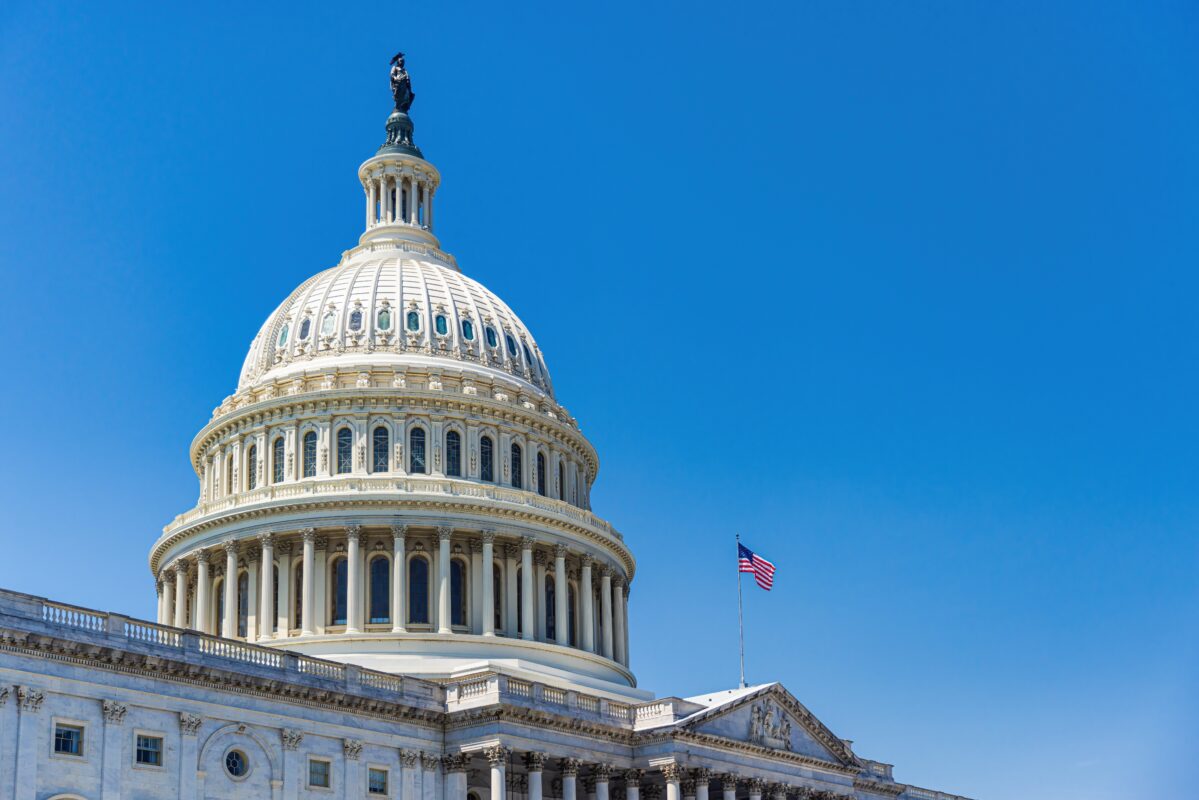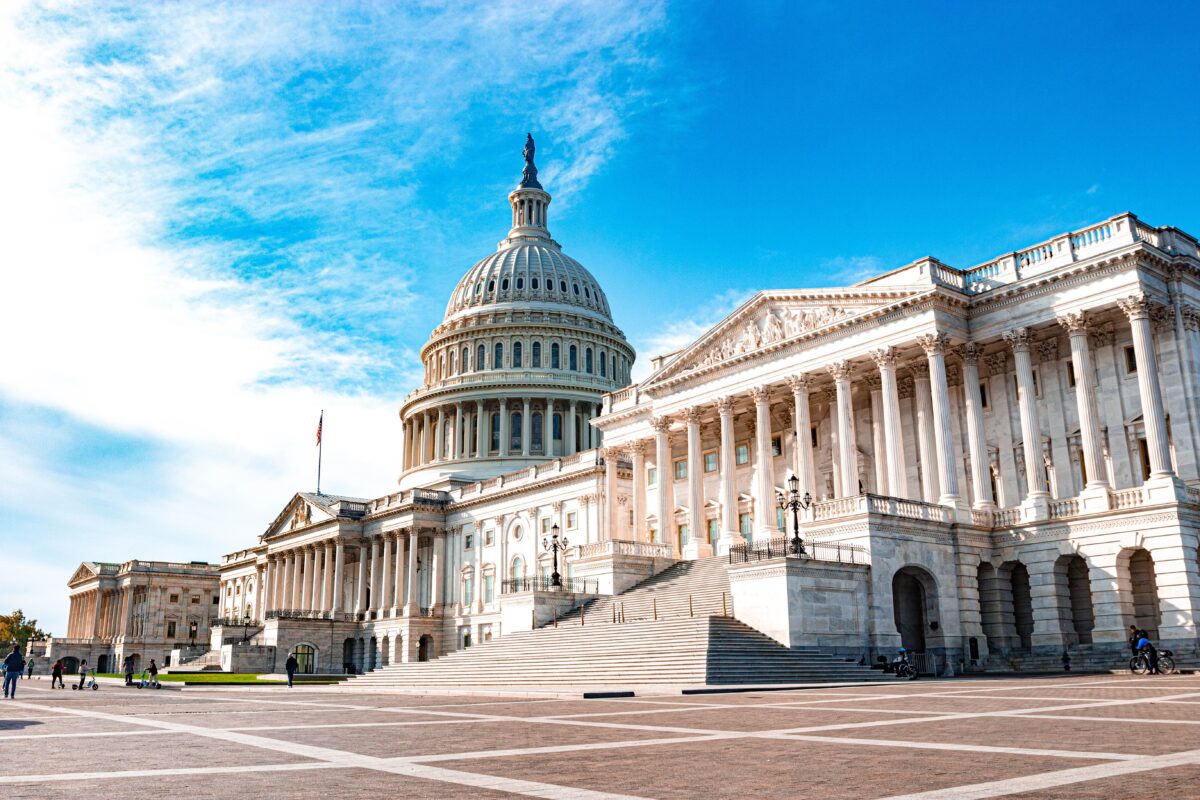Individuals entering the workforce are often taught the value of professional networking early on in their university, college, or professional training program. Networking for audiologists is typically seen as attending professional conferences, continuing education, participating in research projects, joining or volunteering for the national or state audiology organizations. Professional networking is essential to audiology as it ensures the advancement of one’s career and the profession itself.
Networking is often the key to job offers and the quintessential, “It’s About Who You Know” has some truth. However, networking is not simply about finding job opportunities. Audiology itself is a very small profession, and we are naive to believe that audiologists alone can move the profession forward.
Let’s think beyond the primary care physicians, otolaryngologists, and speech pathologists. Similar to the general public, many health professionals are unaware that audiology even exists. Creating collaborative relationships with other specialties will create a direct path to referrals and serve our patients better. The vestibular patients will have a physical therapist and optometrist. The patients suffering from memory loss or cognitive decline will have appropriate guidance and expectations from their psychologist. The pharmacist who now has OTC hearing devices at their store will have an audiologist he/she can refer patients to when they need more help with their hearing. How do we connect with these professionals? This type of networking can be easier when working for a larger health system or medical center. You can start by attending employee events like lectures, lunches, town halls, or leadership meetings. For the smaller clinic or practitioner, research the specialties in your area – contact those offices to meet for coffee or invite them to your office.
Who are better advocates for audiologic services than the patients receiving those services? Many clinics utilize patient testimonials, reviews, and referrals, but actively playing a role in the local community, not only increases clinic visibility, but allows audiologists to create dialogue and ask for these patients to become our advocates. Many audiologists provide consumer content by publishing podcasts, blogs, online videos, and coordinating aural rehabilitation groups. These tools help spread awareness about audiologic care and as the general public learns about audiology, eventually they can be called to action to help support awareness campaigns and legislative efforts. Even small actions like your clinic participating in a local health fair or sponsoring a community sports team creates visibility for audiology.
Networking efforts always start with small acts. If we begin to think of every patient encounter, continuing education training, or staff meeting as a networking event, audiology visibility will grow and be seen as important to our legislators, leaders, and communities.
Recent Posts
Congress Introduces Legislation to Protect Audiology Students’ Access to Federal Loans
New bipartisan legislation (H.R. 6718) introduced in the U.S. House of Representatives would restore audiology to the federal definition of a professional degree under the…
Academy Presents Inaugural AAA National Health Leadership Award to Representative Bilirakis
Today, Patrick Gallagher, Executive Director of the American Academy of Audiology, presented the inaugural AAA National Hearing Health Leadership Award to Representative Gus Bilirakis (R-FL)…
2026 Academy Honors and Awards Recipients
Every year, the Academy asks colleagues, friends, and mentees to look around their professional circles and identify members who are deserving of recognition for outstanding…


